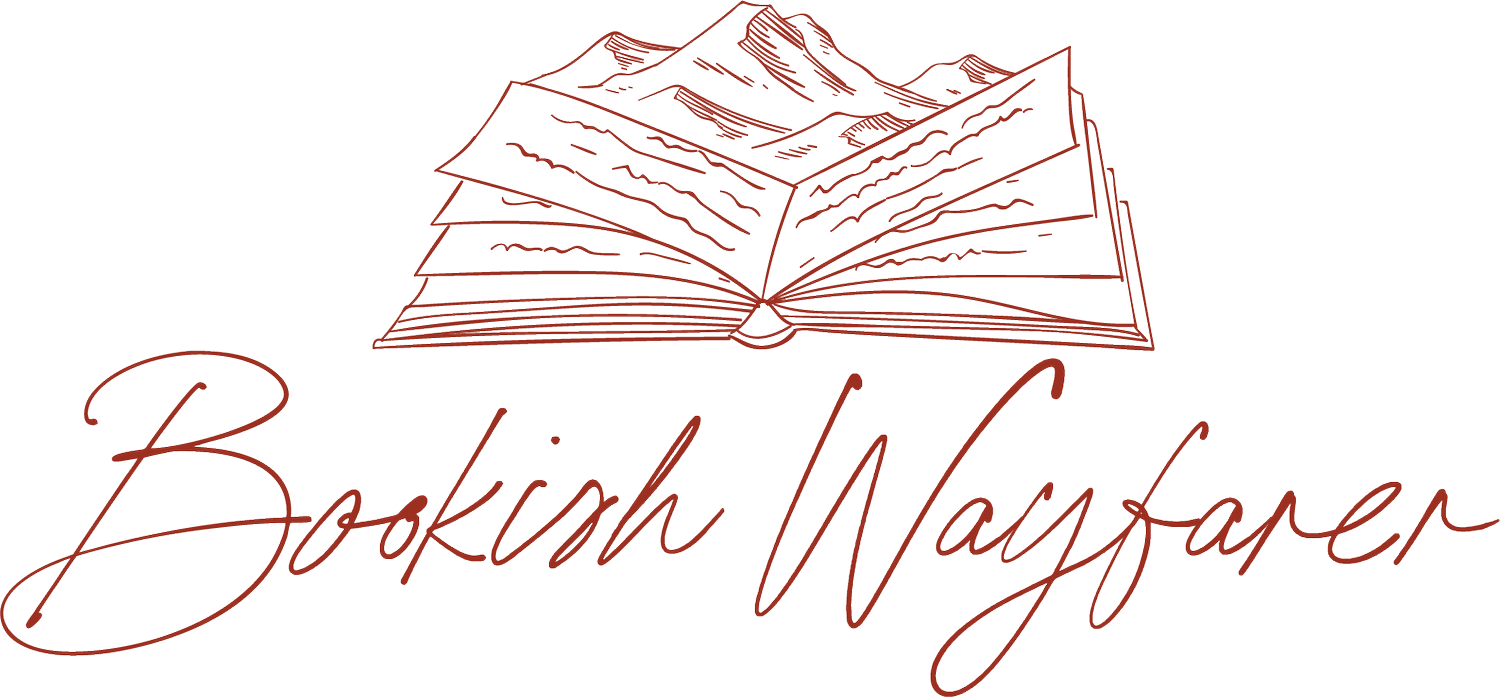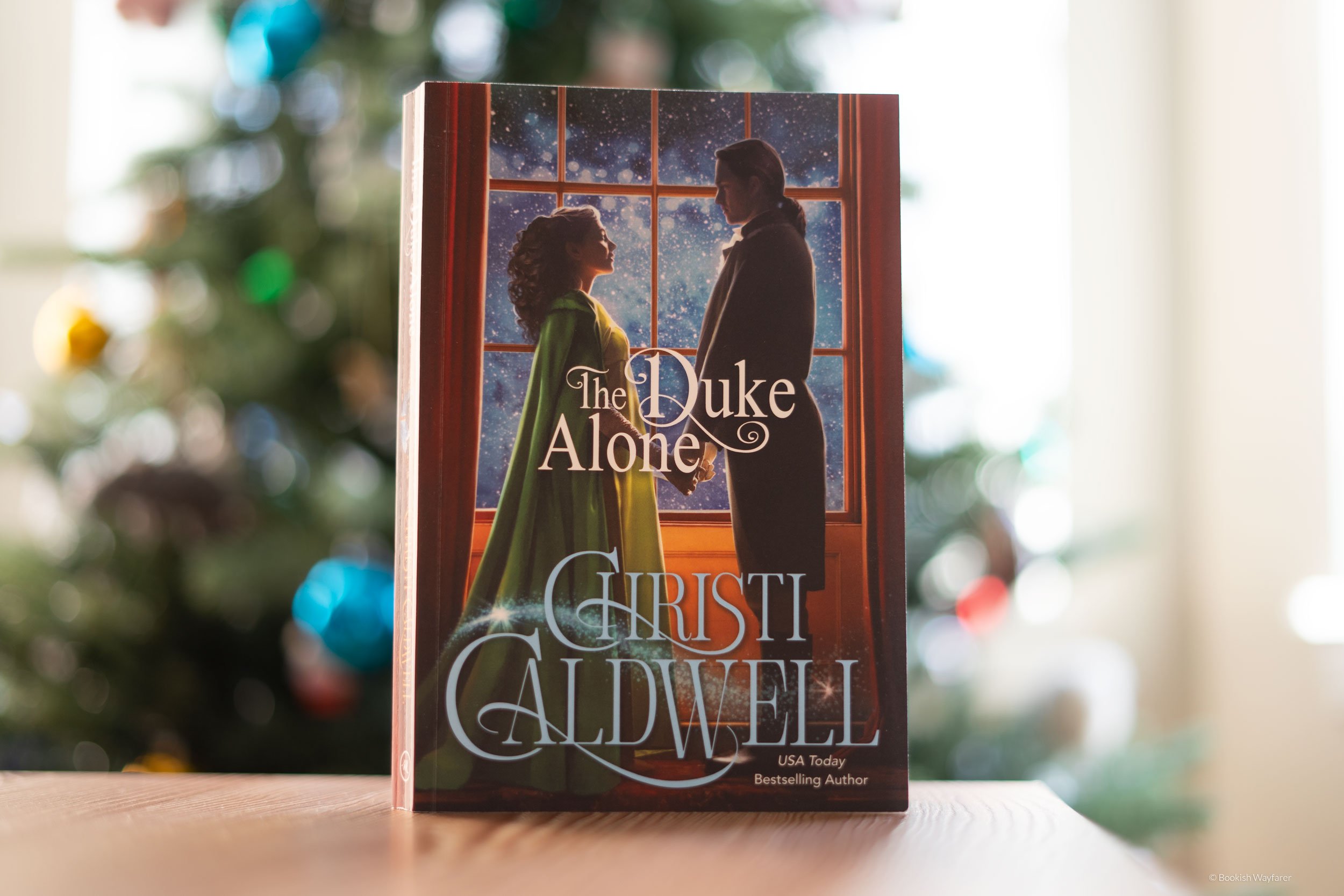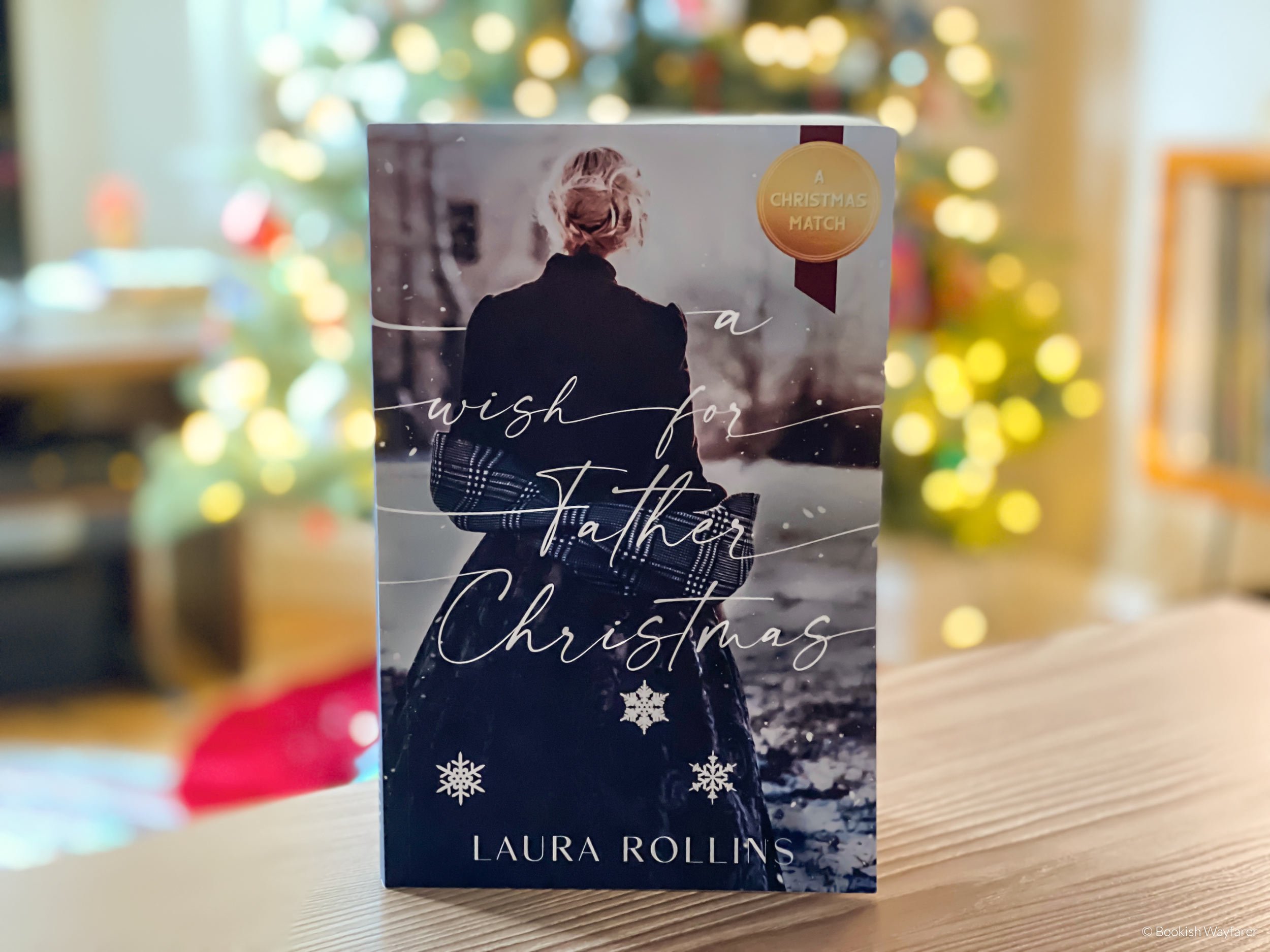Review: Charlotte by Helen Moffett
“Charlotte was tired to the bone. Tired of the universally acknowledged truism: that a single woman of no great fortune must be in want of a life, at the beck and call of all who might find her momentarily useful, a blank template waiting for the impress of others.”
Some links in this post are affiliate links, meaning I will earn a commission (at no extra cost to you) if you click through and make a purchase. For more info, please see my disclaimer.
The Basics
Title: Charlotte
Author: Helen Moffett
Published: 2020
Publisher: Manilla Press — Bonnier Books UK
Pages: 351
Format: Hardcover
Genres: Fiction — Historical fiction, Regency fiction
Book Synopsis
In this part sequel, part spin-off to Pride and Prejudice, we reexperience key moments from the novel from Charlotte’s point of view, as well as discover what happened to her after the book’s events.
My Review & Overall Thoughts
TLDR: One of the best Pride and Prejudice spin-offs that I have read to date.
Pride and Prejudice is one of my favorite novels, so naturally, I approach any spin-off to it with a healthy dose of skepticism. After all, it is no easy feat to write a book that not only remains faithful to Pride and Prejudice but also expands upon it in a compelling, original manner. That, however, is precisely what Charlotte has done. It has captured the essence of Pride and Prejudice, from its multi-faceted characters to its astute social and cultural observations, while simultaneously crafting a new storyline that imbues the story with relevance and a touch of modernity. It is a masterfully written book, and quite frankly, I am perplexed as to why more people are not talking about it.
It is a character-driven story. That is not to say there is no plot; rather, the plot is subservient to the character arcs. In particular, the book focuses on its namesake: Charlotte Lucas, Elizabeth Bennett’s reserved and seemingly unsentimental friend who marries Mr. Collins. In Pride and Prejudice, she is firmly a supporting character, existing largely in the shadow of Elizabeth, but in Charlotte, she is pulled from the sidelines into the spotlight and becomes a leading lady in her own right. Her character undergoes tremendous growth over the course of the book, transforming from someone who is relatively meek and accepting of her lot in life to someone who unabashedly wants more out of life. Instead of suppressing her emotions and desires, she allows herself to fully experience them. Similarly, rather than accept social and cultural norms at face value, she begins to question them. By the end of the book, her courage and gumption rival those of even Elizabeth.
In addition to experiencing this growth, Charlotte gains depth. Her character becomes more fleshed out as we learn about her past experiences and observe the inner workings of her mind. By the time we turn the final page, we have a fairly thorough understanding of who she is – from her personal traits to her beliefs and aspirations.
Likewise, other secondary characters from Pride and Prejudice, most notably Mr. Collins and Anne de Bourgh, become more developed. In Pride and Prejudice, Mr. Collins is portrayed as a bumbling buffoon, but in Charlotte, he is shown in a more compassionate light. The source of his obsequious behavior is explored, and with this insight, one cannot help but regard him more kindly. Moreover, he is revealed to be a good man. He is no romantic hero, but he is an honest, kindhearted person, who seems to genuinely care about his wife.
As for Anne de Bourgh, she is shown to be more than the sickly foil to vivacious Elizabeth. She is a forward-thinking, quick-witted woman who is sorely misunderstood, except by Charlotte. Charlotte sees Anne for who she truly is, and the two women form an unlikely but well-suited friendship. They both push the bounds of womanhood, rebelling in their own ways against the limitations placed on them by their gender.
Charlotte also reveals the fate of the main characters of Pride and Prejudice. We see how Mr. and Mrs. Darcy, as well as Mr. and Mrs. Bingley, are faring. We also find out what the rest of the Bennett family, including Lydia and Mr. Wickham, have been up to since last we saw them. By including these characters, even if only in a peripheral manner, Charlotte gains a sense of continuity with Pride and Prejudice; it almost feels like an extended epilogue.
I say almost, as Charlotte does have a thoroughly modern influence. The book touches upon topics that would have been taboo in Austen’s time, including extramarital sex, and it features several scenes that would have made Regency readers blush. Rather than being a shortcoming, this 21st-century sway is an asset, as it makes the characters and world of Pride and Prejudice more approachable and relatable for modern-day readers. It also allows the reader to gain a more complete sense of what life was truly like in the 19th-century.
Perhaps the most laudable aspect of Charlotte is the writing itself. It is beautiful, poetic, and a true delight to read. Moffett’s prose lyrically sets a scene and skillfully conveys emotion. You feel the characters’ sorrow, joy, yearning, and hope, and through this emotional connection with the characters, you become invested in the story, eager to see how everyone’s lives will play out.
The not so good
My only complaint – and it is quite minor – is that the epilogue does not touch upon Elizabeth or any of the other Bennetts. I understand that Charlotte is a book about, well, Charlotte, but given Elizabeth’s presence throughout the book, it would have been nice to learn how things turned out for her and Mr. Darcy.
Overall
Charlotte is one of the best Pride and Prejudice spin-offs that I have read to date. If you love Pride and Prejudice and are eager to return to its world and characters once more, I highly recommend this book, and if you are looking for other books that can scratch that Pride and Prejudice itch, check out this earlier post of mine.
Have you read Charlotte? If so, let me know what you thought of it in the comments section below!
-Julia
P.S. If you enjoyed this post, please consider supporting me on Buy Me a Coffee.





